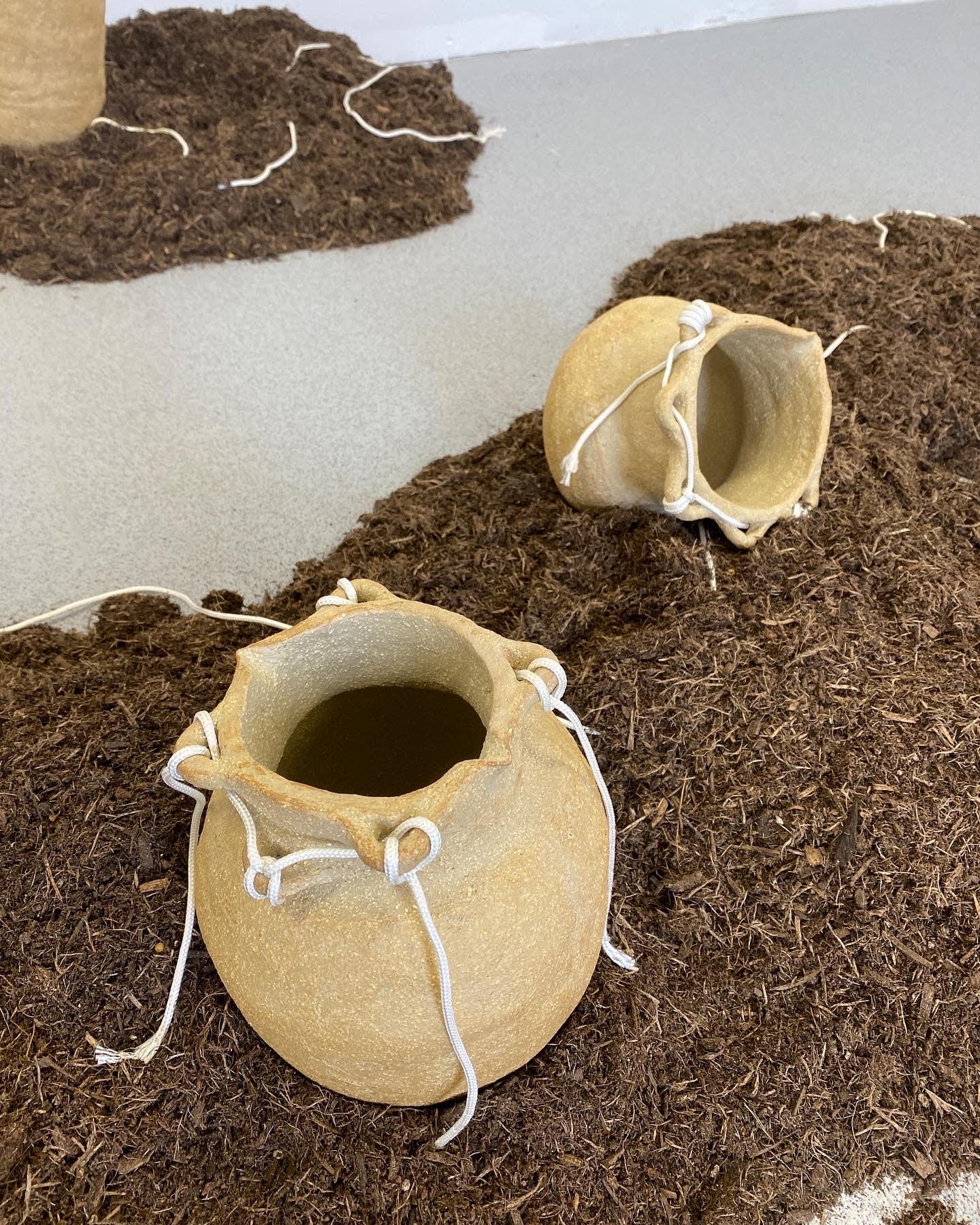THE NAME OF A CITY
Burnt earth, bone,
what it means to reside
in a language
without organs, doors unhinged
blown out windows—I forget the name
of that café on Gemmayzeh—
where we sat, eyes closed
publicly—a casualty of a
casual relationship, gutted
shells of tyrannies of distance—
as bullets for eyes, the unseeing
puncture wounds in
Carlos Ghosn’s means of breathing.
Everyone was texting, am I
dead or alive
as gallows in Martyrs’ square
boasted cutouts of politicians
hanging non-martyrs, home*
is sick, let it be known
how you voice death
seven times—eight is a spiral
of sand and glass,
faces resurface
in these new cavities.
Musicians can explain
the auditory tenor, stomping
on live wire
of charred coral and concrete dust.
Jalal Toufic’s Undead
belong to cinema, sucked into
the black holes of public statues.
A man writes
about writing himself
out
of disaster. I write
about the failure in documenting
subtraction. Take the names
of Etel Adnan’s angry sun,
take the same
Arabic root to transmute
An-Nahar la In-hiyar
reads daily to collapse—
remember? All time zones
are valid in a failed exposure,
an afterimage unmakes
the world as she leaves
natural light bleeding
the impossibility of
seeing everything
at once.
You say you always
shed past
iterations, as if
it happened to someone else.
I don’t
I dream of human clones
and false memories, he says—
we walk through
as art dies, elsewhere
is memory matter
that we carry
my mother wasn’t
alive for charred coral
and concrete dust.
Will we arrive
to where
places recall
lagged architectures.
We have no time
in aborted structures,
a juncture of men
ghost write for women.
In fictive archives,
maps minus territory
we find a way
outside ourselves
* This responds to Mona Hatoum's “Witness”, a miniature, porcelain reproduction of the Martyrs’ Square statue in Beirut. The original monument was created to commemorate Lebanese nationalists who were hanged by Ottomans during WWI. Hatoum’s pockmarked reproduction incorporates another historical narrative in the residues of the Lebanese Civil War (1975-1990). More recently, the work resonated with the nooses set up in Martyrs’ Square by Lebanese protestors during the 2019 uprising, addressed to government representatives for their negligence in the wake of Beirut’s August 4 explosion. Simulating this means of execution layers another thread in the same location, as meters from the statues of the Martyrs’ Monument depicted in Hatoum’s “Witness”, the public denigrated effigies standing in for the state.
Artwork by Harry Payne
Nadine Khalil is an independent arts writer, researcher, and curator. After a decade long stint in art publishing, she is currently advising art institutions such as the Ishara Art Foundation, Goethe-Institut, and the NYUAD Arts Center on editorial strategy and content development. She is the former editor of Dubai-based contemporary art magazine, Canvas (2017-2020), and Beirut-based magazines A mag and Bespoke (2010-2016). Her writing can be found in Art Agenda, Art Forum, The Art Newspaper, Artnet, Art Review Asia, Artsy, Broadcast, Brooklyn Rail, FT Arts, Frieze, Ocula, and the Women’s Review of Books. She has authored a series of artist monographs (Paroles d'Artistes) on Lebanese artists Samir Sayegh, Hanibal Srouji, and the late filmmaker Jocelyne Saab, and curated for European film festivals such as MidEast Cut and the Arab Independent Film Festival.
Harry Payne is a multidisciplinary artist based in Chichester, West Sussex. He explores material and historical themes using a mainly sculptural approach focusing on ceramics, textiles, and installation. During his BA (Hons) in Fine Art at the University of Chichester, Harry developed an artistic understanding that led him to use material to inform his research and his research to inform his material. This approach allows the work to be process-led and historically-led simultaneously, opening up the work to a variety of avenues.

